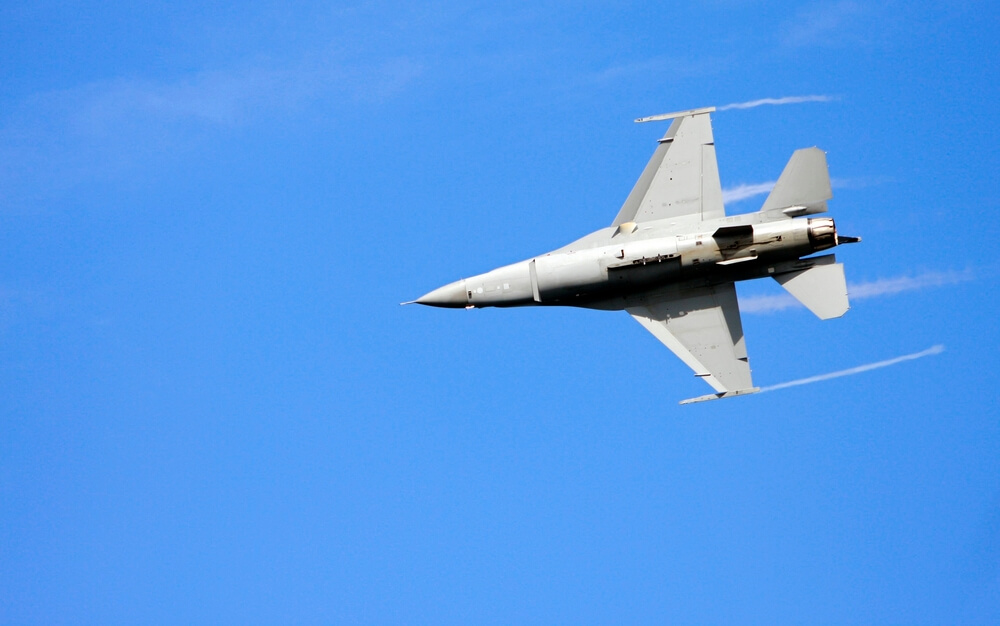
Defense Software Factories Need a Major Reset
We need to link delivery performance to mission impact, because there is no value in shipping software code weekly if it fails to advance mission metrics or creates a poor user experience.

We need to link delivery performance to mission impact, because there is no value in shipping software code weekly if it fails to advance mission metrics or creates a poor user experience.

Three critical elements must be considered to ensure the architecture is both viable for the short term and flexible for the long term.

The Office of Management and Budget is set to finalize a federal acquisition rule that increases cybersecurity requirements for defense contractors.

The lack of U.S. manufacturing for flat panel displays and reliance on Chinese sources present significant, potentially catastrophic risks to the U.S. military, economy and infrastructure.
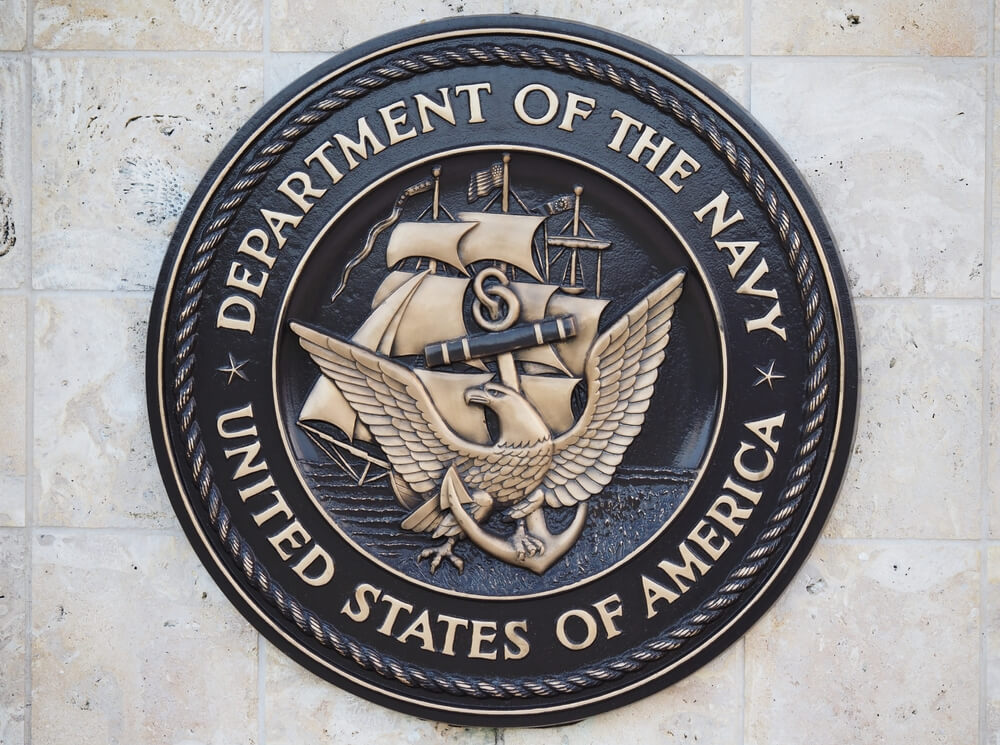
The Navy’s program executive office for unmanned systems and small combatants is potentially on the chopping block. That’s a bad idea.

When compared with similar and more expensive U.S. warships, foreign vessels have come up remarkably short in combat capability.
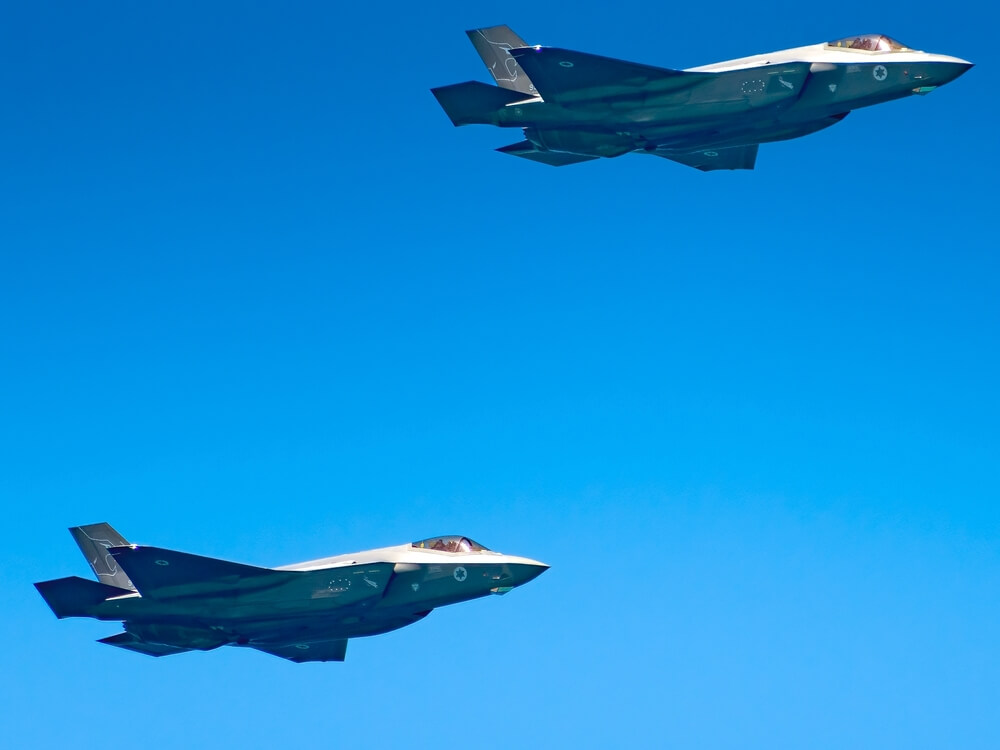
For the U.S., the lesson is clear: fifth and upgraded fourth-generation fighters are essential for maintaining operational mobility and strategic flexibility.

The Department of Defense has an opportunity to rethink its traditional approach to protecting operational technology systems.

Applying the zero trust approach to information technology is familiar territory, but applying it to operational technologies is fundamentally different—and far more complex.
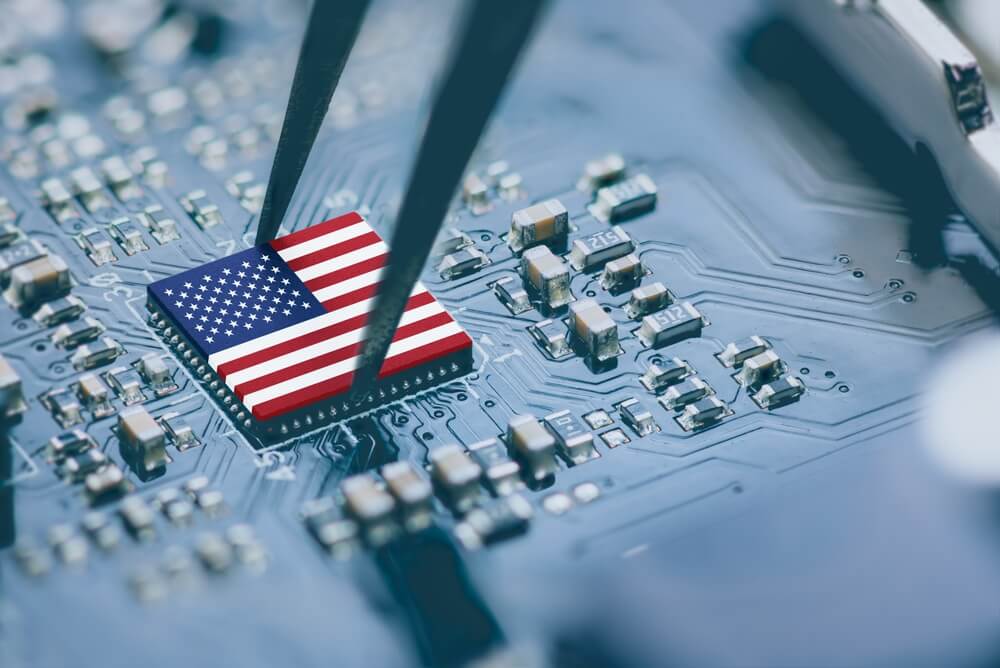
The problem isn’t just about microelectronics that have shifted offshore over the last several decades. Rather, it’s about failure to act, even as the path forward is staring at us in the face.

The rapid rise in housing prices across the country is the result of a housing supply deficit in the U.S. This lack of housing supply is now a defense readiness issue.
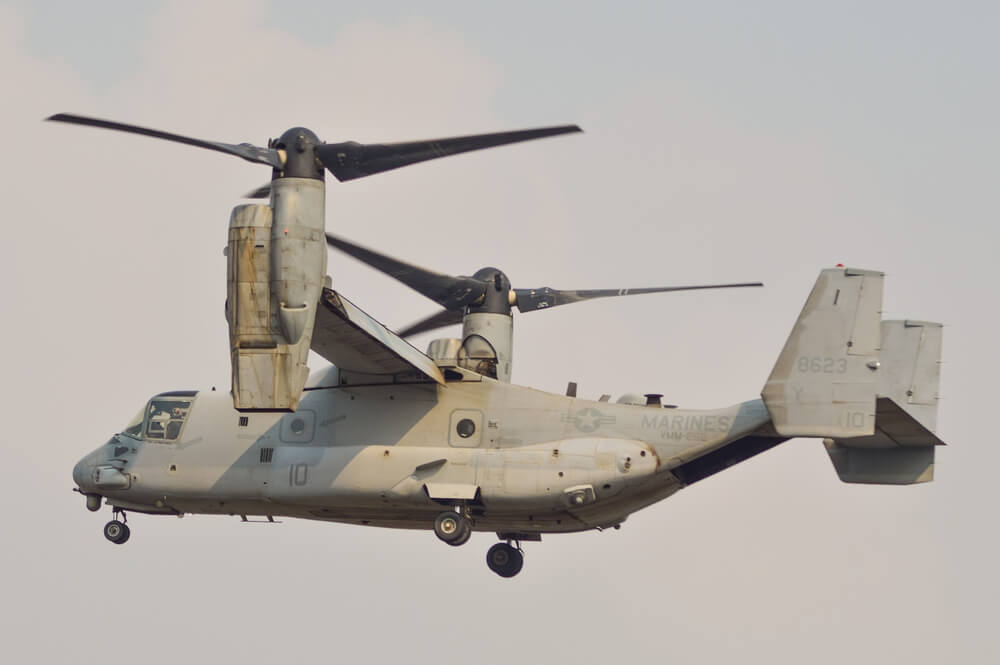
The military services are successfully embarking upon continuous improvement of the V-22, an aircraft absolutely essential to our military’s concepts of operation, especially in the Indo-Pacific.

The AUKUS agreement introduces a significant risk: the potential for cyber threats exploited by adversarial nation-states or others opposed to the mission of AUKUS.

But several recent developments should lead policymakers to rethink the wisdom or feasibility of clearing a “pipeline” from this critical band for 5G expansion.
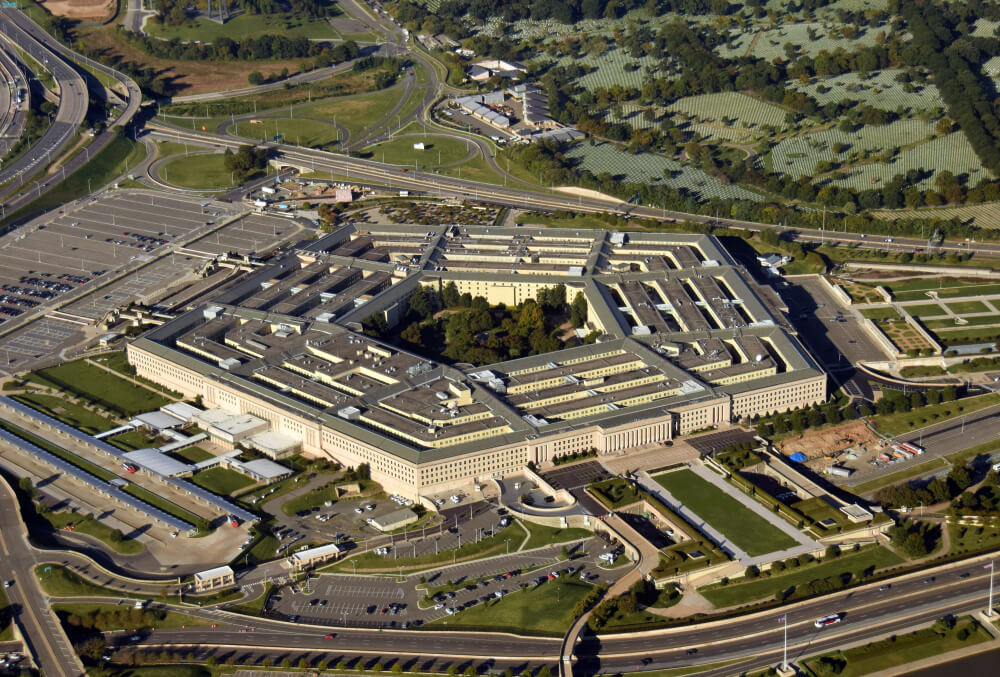
Adopting agile practices from the commercial sector allows government organizations to deliver the flexibility, innovation and readiness the mission demands while strengthening national security.
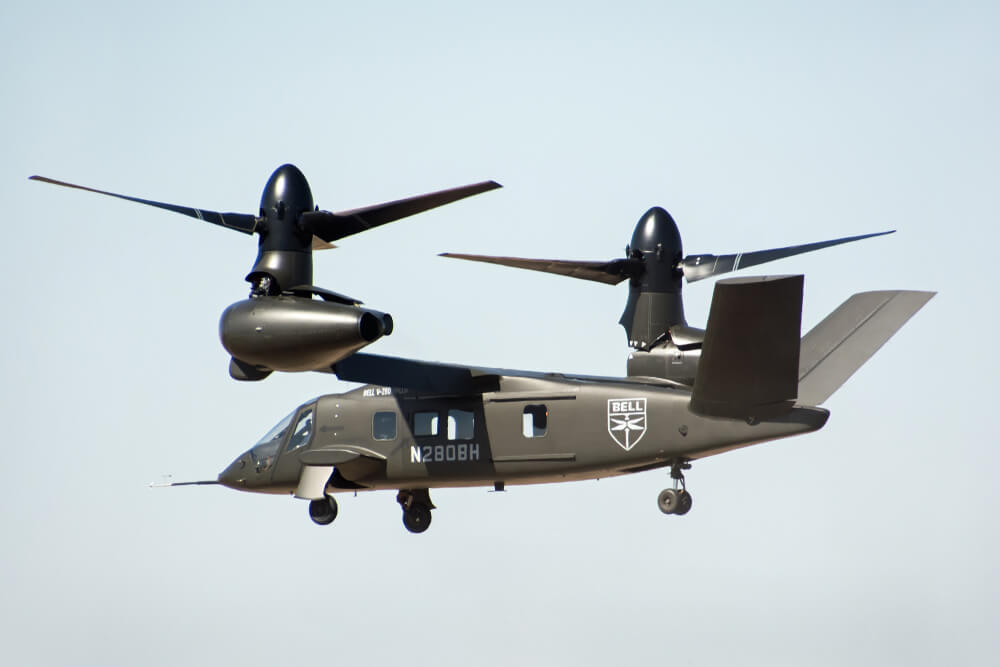
The Modular Open Systems Approach to aircraft design emphasizes the use of modular components with standardized interfaces. This allows for easier upgrades, maintenance and integration of new technologies over time.
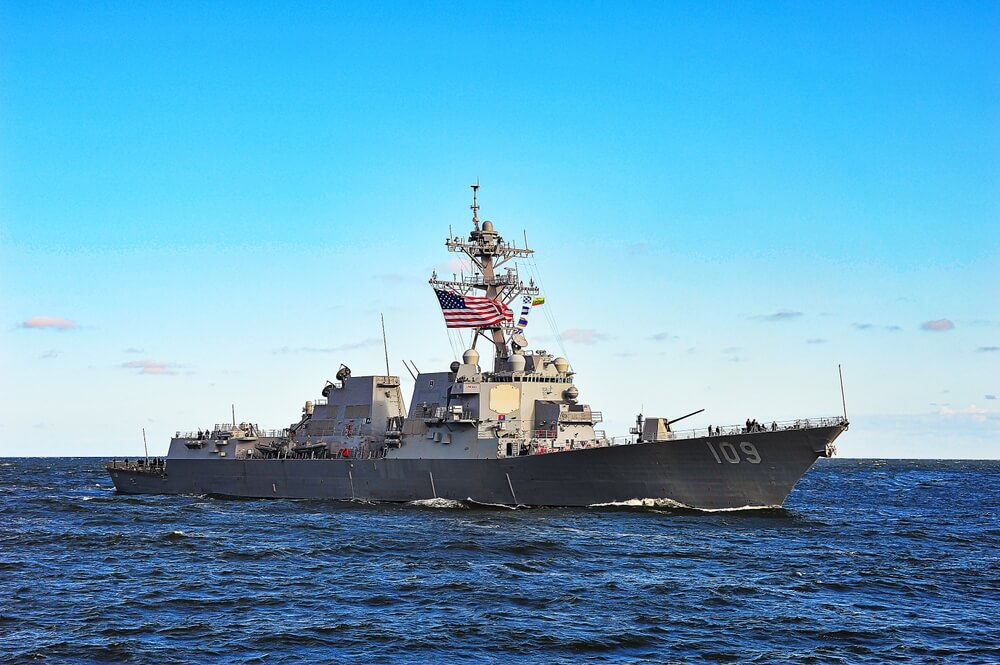
A number of severe readiness challenges continue to affect the Navy, in terms of its vanishing cruiser force, crippling redesign of the Constellation-class frigate, poor readiness of the amphibious fleet and problems with the Landing Ship Medium program.

Prioritizing an effective electronic health records system is central to protecting veterans and ensuring they receive the care they have earned.

No analysis has yet proven that the new auction of the lower S-band spectrum won’t impair vital military systems, now and into the future. Done wrong, an auction could disable some of America’s most advanced capabilities.

President Donald Trump and Secretary of Defense Pete Hegseth are doing the right thing as they seek to cut billions from budgets. Here are five areas they should focus on that can help guide cuts and reshape the military, with national treasure spent on capabilities and force structure we need, rather than on what we don’t.

The Navy may need to produce prototypes and deploy them to combat zones like the Red Sea in order to make rapid decisions in shipbuilding acquisition.

The United States has ceded its leadership position in space-based positioning, navigation and timing, with stark ramifications for most all U.S. critical infrastructures and the U.S. military.
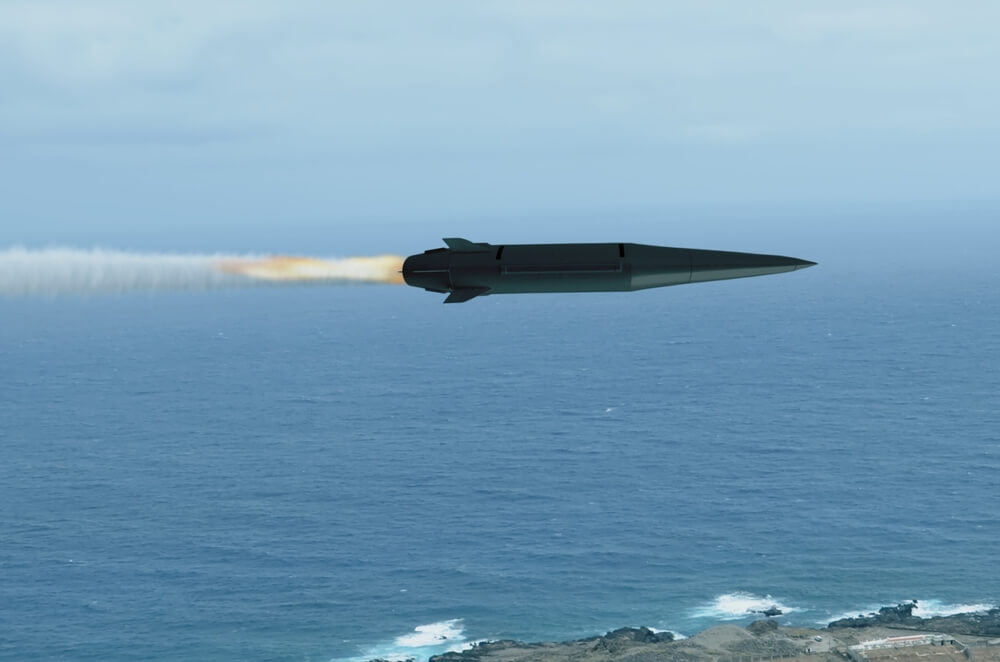
The U.S. must conduct aggressive on hypersonic and counter-hypersonic weapons, especially since adversaries have adopted precisely this mindset. A risk-averse mentality that demurs on military development will lose the United States the next war.

Ensuring our allies adopt semiconductor export controls that mimic the U.S. policies regarding these primary adversaries, especially China, would provide a nonpareil military advantage to the U.S.
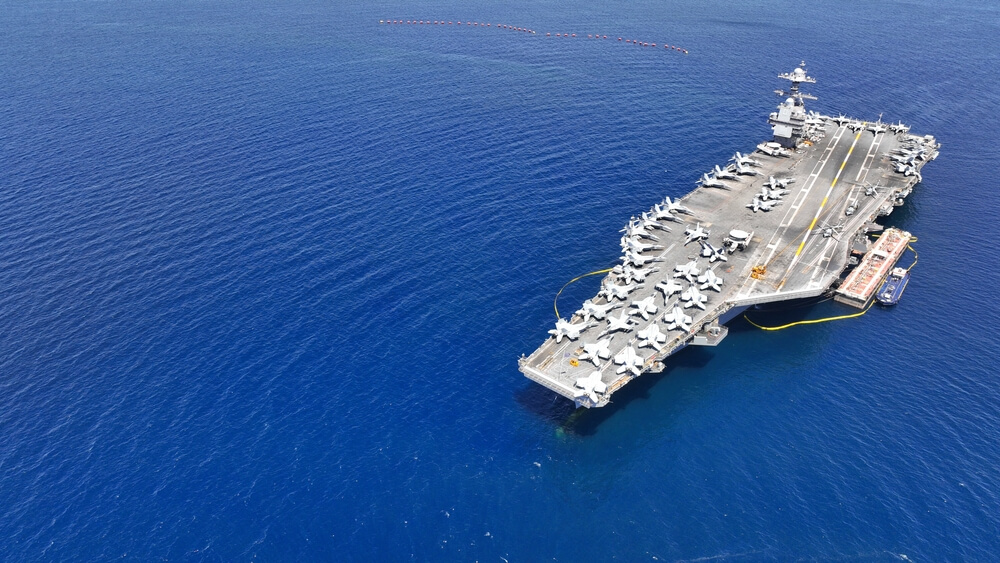
The Navy has had long-established conventions for naming ships. But the Navy has increasingly named warships for living people, including political figures, which has become a divisive issue. The next Navy secretary needs to get control of the dysfunctional naming process and restore a sense of order.
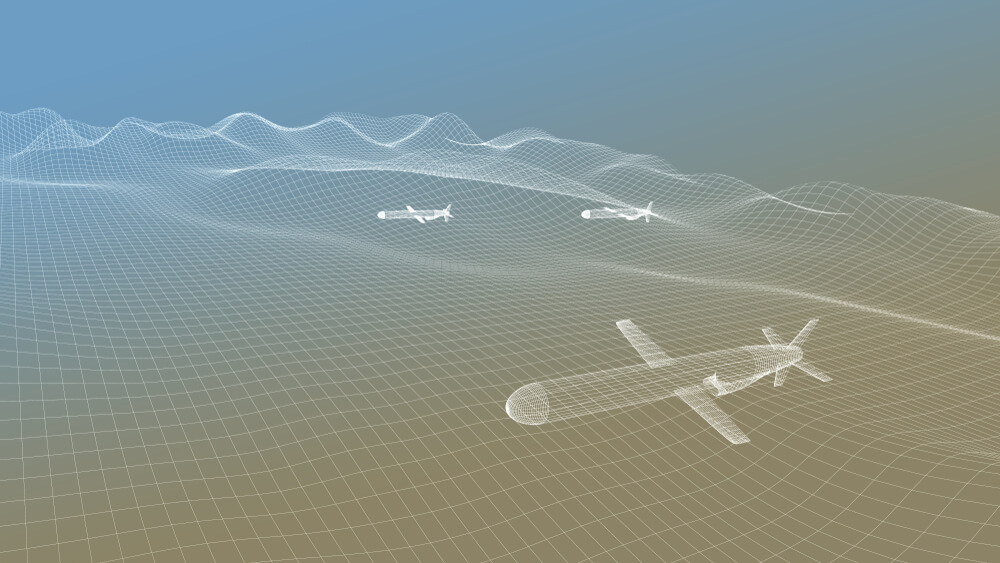
President-elect Trump and his national security team want change in the U.S. military. They can score fast wins by correcting major defense program mistakes made by the Biden administration.

Among the first actions it takes in the Pentagon, the incoming Trump administration should commission a top-to-bottom review and reform of the Navy bureaucracy that develops new warships.

The next administration must do dramatically better in understanding both the semiconductor industry and its fundamental role in the modern world with robust national security policies reflecting this understanding.
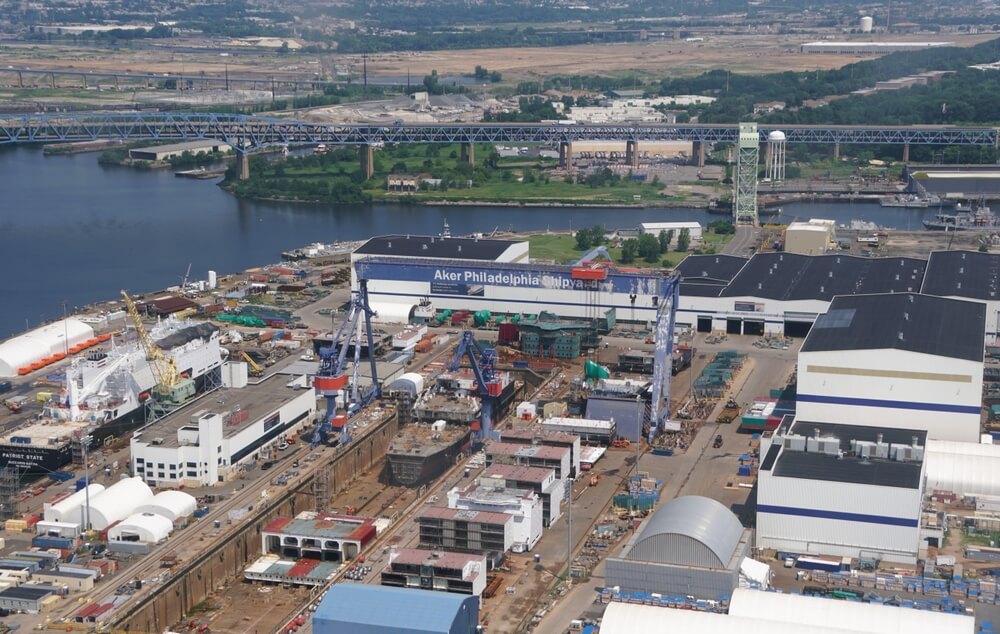
The next U.S. president will be faced with a stark choice – whether or not to rebuild what was once a vital commercial merchant marine fleet to support U.S. trade interests around the globe and buttress U.S. military operations when needed.

An important American national security institution stands at a crossroads. The Committee on Foreign Investment in the United States, which for decades has protected key domestic industries against potential threats from foreign investments, has been thrust into uncharted territory.